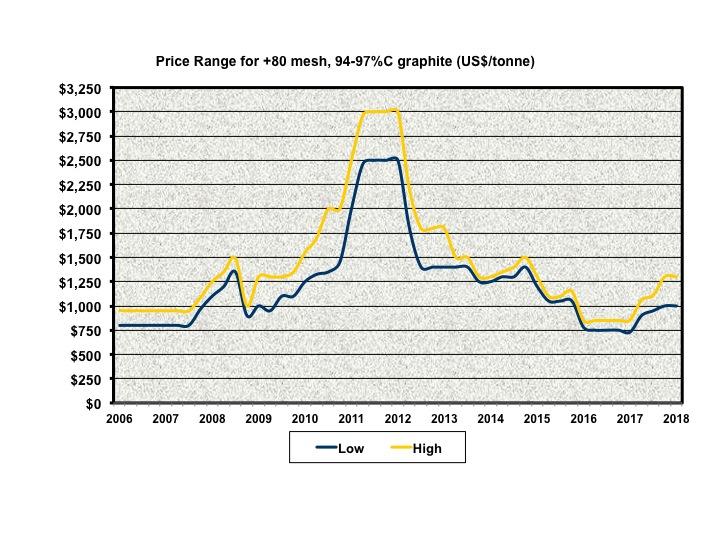Indeed - and that's a major oversight in my quick estimate:
- in Q2 22.3k S+X and 18.4k 3's were delivered, so assuming similar GHG/CAFE per unit credits earned, the split would be 55% for the S+X, i.e. 55%*$23.7m = $13m of the gross profit is not 3 related,
- it's unclear (to me) how warranty reserves split, but assuming a rough estimate of 50%/50% (S+X has higher ASP but probably better expected reliability at this early stage of the 3's production) that would be another $24.3m of gross profit not 3 related,
- deferred revenue recognition is probably mostly related to leasing, I didn't see any AutoPilot revenue recognition language in their Q2 report, so this would be $16.4m non-3 related gross margin,
- leasing would be exclusively S+X, so another $34m non-3 income.
That's 13+24.3+16.4+34=87.7m off the gross profit, i.e. this should make the Model 3 gross margin improvement about $100m - with error bars of several percentage points.
That's a cash gross margin of ~$5,400 per unit in Q2, which with its ASP of ~56k would be a gross Model 3
cash margin of 9-10% in Q2.
Do you agree with this estimate, or is it still too inaccurate?




